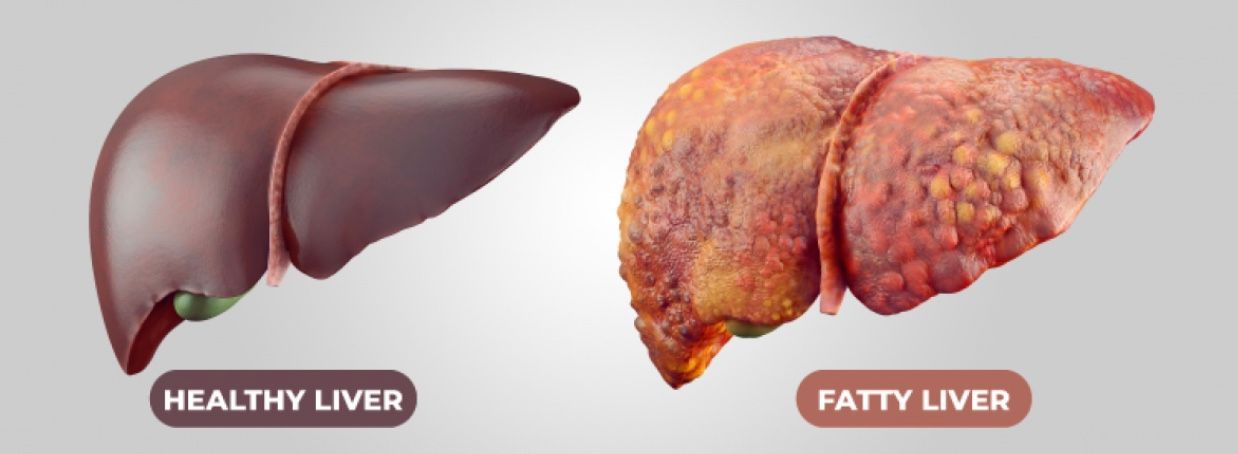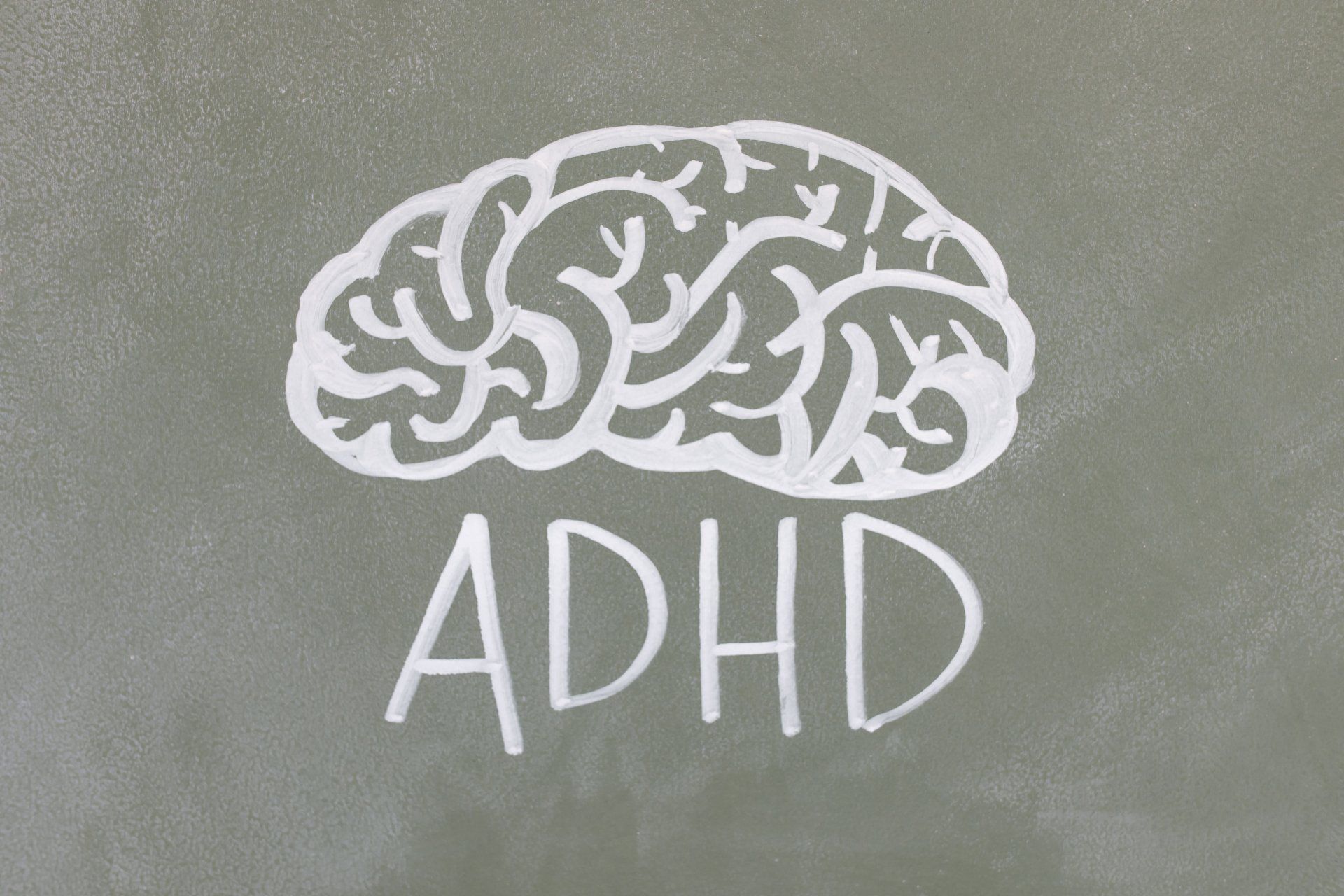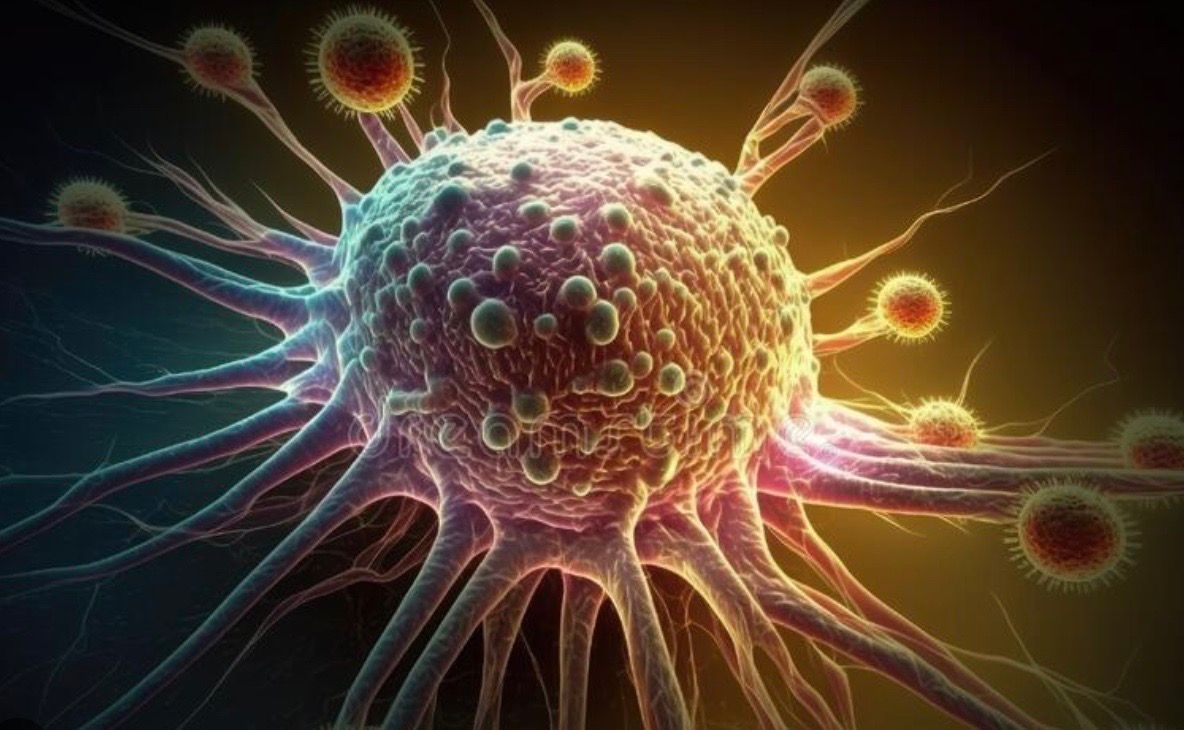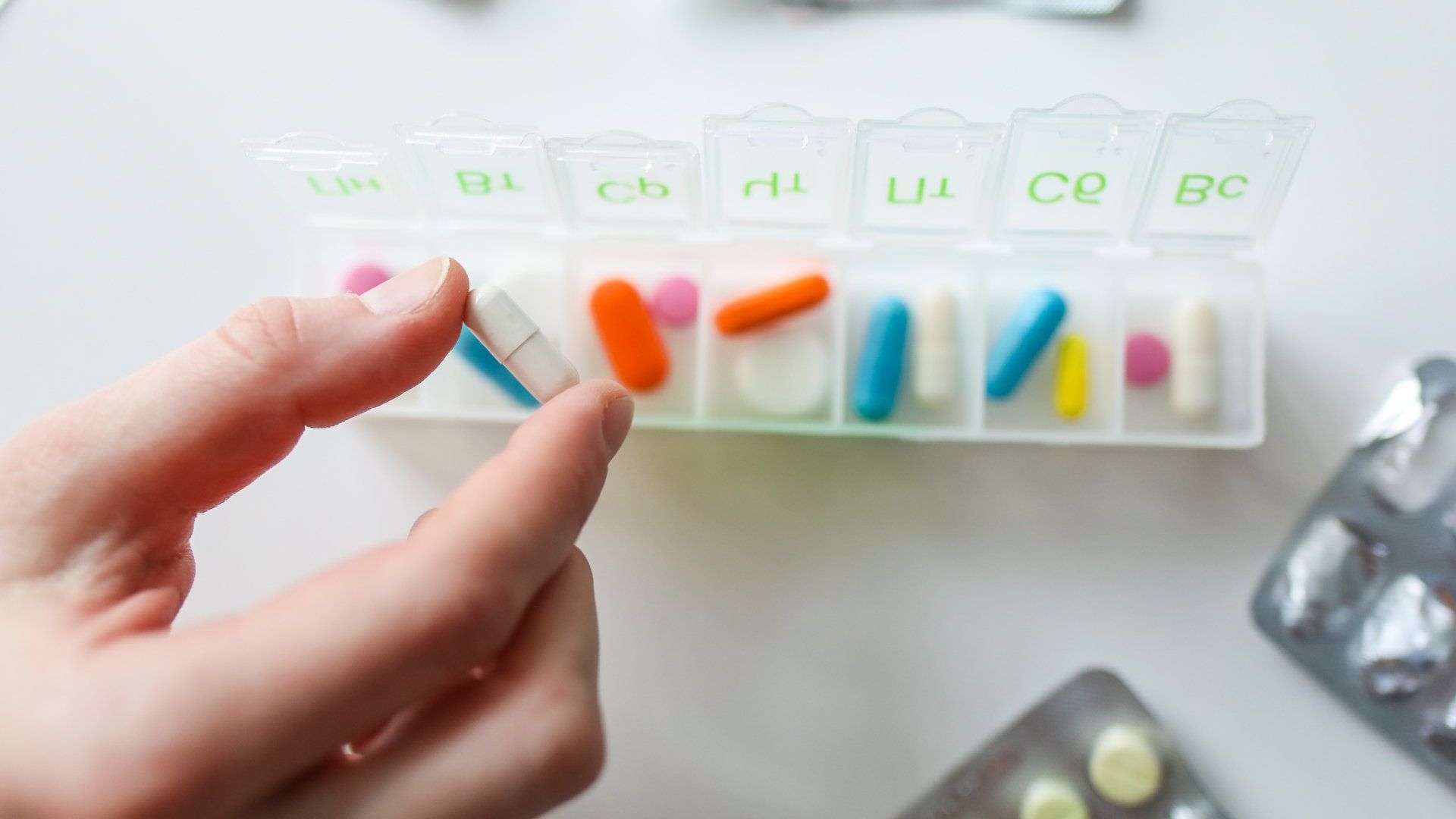What Are The Signs of Food Intolerance?
Symptoms of Food Allergies and Sensitivities and How To Live With Them

Food allergies and sensitivities (or intolerances) are increasingly common. You’ve heard of nut-free schools and gluten-free foods, and yes, some people truly need to avoid even the tiniest traces of these foods. In fact, millions of Americans experience allergic reactions to foods every year. While most reactions are mild, some can be life-threatening and require emergency treatment or hospitalization.
Where do food allergies and sensitivities come from? How do we know whether our symptoms are from an allergy or sensitivity? What are the best ways to prevent, treat, and live with them? Keep reading to find all of the essential answers in this blog post.
Do you have a food allergy or sensitivity?
Food allergies are simply an abnormal response to food that’s triggered by the immune system (the system that fights infections). It happens when the immune system mistakes a non-harmful food, like peanuts [tree nuts/shellfish/milk/soy/fish/eggs/wheat] for example, for a serious invader and overreacts to it. The immune system creates a specific type of compound called an IgE antibody that is responsible for most of the symptoms of true allergies. These IgE-mediated allergic reactions can be non-serious or serious and life-threatening.
Allergies are often first noticed during childhood but they can develop at any age and may last for a lifetime. Mild allergic reactions to a food may result in more serious symptoms the next time it is eaten. So, after your first reaction—even if it’s mild—it’s important to speak with your healthcare provider to see if you should go for allergy testing or carry emergency medication (more on this below).
It’s unclear exactly where food allergies come from. Research shows that they could partly be genetic (inherited in the genes you’re born with). Gut microbiota may also influence your chance of developing food allergies. New studies show that introducing young children to peanuts may reduce their chances of developing serious peanut allergies. (Speak with your healthcare provider before introducing your child to peanuts.)
Unfortunately, there is no cure for food allergies but reactions can be prevented. In an allergic reaction, the production of IgE antibodies is triggered by a protein in the offending food. Any food has the potential to cause an allergic response, however, there is a short list of foods that account for most reactions. These common food allergens must be declared on package labels, according to the FDA. Common food allergens include:
- Peanuts
- Tree nuts (e.g., almonds, walnuts, pecans)
- Fish (e.g., cod, bass, flounder)
- Shellfish (e.g., crab, lobster, shrimp)
- Eggs
- Milk
- Wheat
- Soy
Many food sensitivities or intolerances are often mistaken for allergies. Food intolerances can cause many symptoms after eating offending foods but what differs is that these symptoms are not the result of the IgE antibodies. That’s what makes them a sensitivity and not an allergy.
Common food allergies and sensitivities/intolerances
There are several different types of food allergies and sensitivities. Here is a short list of the most common reactions.
Anaphylaxis or anaphylactic shock
This is usually a very fast, life-threatening reaction that can occur when exposed to specific foods, medications, or stinging insects (e.g., bees). Symptoms can include sneezing, coughing, itching, hives, swelling, blood pressure drop, abdominal pain, dizziness, tightness in the throat, and shortness of breath. The main treatment for an anaphylactic reaction is an epinephrine auto-injector and calling 9-1-1. Avoiding what caused your reaction is necessary to prevent future life-threatening reactions which may be even worse than the first one.
Oral allergy syndrome or Pollen-food allergy syndrome
When symptoms such as rash, itching, sneezing, and swelling occur around the mouth, lips, and tongue, this is called oral allergy syndrome. Foods commonly associated with this syndrome include raw apples, bananas, cherries, kiwis, peaches, celery, tomatoes, potatoes, melons, and hazelnuts. This type of allergic reaction is not life-threatening and is common among those who are also allergic to grass and ragweed pollen (hence the name pollen-food allergy syndrome). Cooking the fruit or vegetable often reduces the symptoms because the heat breaks down the proteins responsible for this type of non-life-threatening reaction.
Eosinophilic Esophagitis
Heartburn-like symptoms, nausea, vomiting, abdominal pain, or difficulty swallowing after eating certain foods may be eosinophilic esophagitis associated with food allergies. If this happens, it’s important to speak with your healthcare provider to see if you should get tested for allergies or need medications. Avoiding foods that cause this reaction is key.
Lactose Intolerance
Lactose is a sugar found in milk that can cause gas to build up in the gastrointestinal [digestive/GI] tract. This is not an allergy, but rather an inability to effectively digest it. Lactose is a two-part sugar molecule that needs the enzyme lactase to break it down. When someone does not have enough active lactase in their digestive [gastrointestinal/GI] tract, lactose remains intact and causes abdominal pain, nausea, excess gas, bloating, and diarrhea.
Gluten Intolerance
Gluten is a protein found in many grains such as wheat, rye, and barley. While intolerance to gluten involves the immune system, it differs from allergies by the specific antibodies involved (allergies involve IgE antibodies, while gluten intolerance does not).
Living with food allergies and sensitivities
The best way to deal with food allergies and sensitivities is to avoid those foods that cause reactions for you. Here are my best strategies to deal with them.
- Read your food labels carefully. To help you avoid foods that you react to, most pre-packaged foods must clearly identify if they contain any of the major food allergens (or contain the immune-triggering protein of the major food allergens). Look at the list of ingredients, “allergen free” claims, and also for statements like “may contain” or “produced in a facility that also uses.”
- Wash your hands, surfaces, dishes, and utensils well to prevent accidental cross-contamination between offending foods and other foods.
- If you’re eating out, confirm whether the meal is free from the food you’re allergic to before placing your order.
- Food allergens may also be added to certain medications and cosmetics, so check those labels or ask your pharmacist before purchasing.
- If you experience an anaphylactic reaction, the FDA says that “Persons with a known food allergy who begin experiencing symptoms while, or after, eating a food should initiate treatment immediately, and go to a nearby emergency room if symptoms progress.”
- If you have had a serious anaphylactic reaction, it’s important to carry an epinephrine auto-injector in case of accidental exposure. This is a lifesaving medication that can help maintain your blood pressure and restore your ability to breathe. Be sure to learn how to use it properly and replace it as it reaches the expiry date.
- Anaphylaxis is a condition where you may consider wearing a medical alert bracelet or necklace.
- For lactose intolerance, all milk products do not need to be strictly avoided, provided they are consumed with the lactase enzyme (available as a dietary supplement) or have been pre-treated with the lactase enzyme (e.g., lactose-free milk). These ensure that the lactose has already been broken down for you and should not cause symptoms of intolerance.
- If you believe that you may have a food allergy or sensitivity see your healthcare provided to discuss getting tested.
Final thoughts about food allergies and sensitivities
Food allergies and sensitivities are increasingly common. There are several different kinds and most are not serious or life-threatening, however, they all cause unwelcome symptoms. As a general rule, avoiding the offending foods is highly recommended. This post contains several essential tips on how to live with food allergies and sensitivities.
If you believe you have a serious food allergy, it’s critical that you see your healthcare provider to determine if you need to carry emergency medication for future exposures. If on the other hand you think you may be sensitive to certain foods then you have options!
- Book a meet and great with me to discuss. I have found that improving gut health can dramatically cut down on the symptoms of food sensitivities.
- Need a meal plan and simple/amazing allergen-free recipes? Try one of these meal plans for free
- Gluten-free
- Gluten and dairy free
For ongoing support join our social community, SheThrives! This is a community of diverse women who are all dedicated to helping each other build strong and healthy bodies through fitness, nutrition, restorative sleep and stress management.

